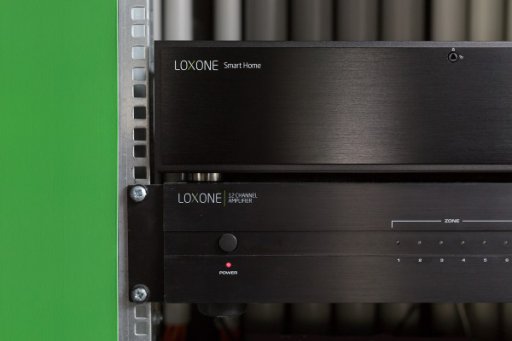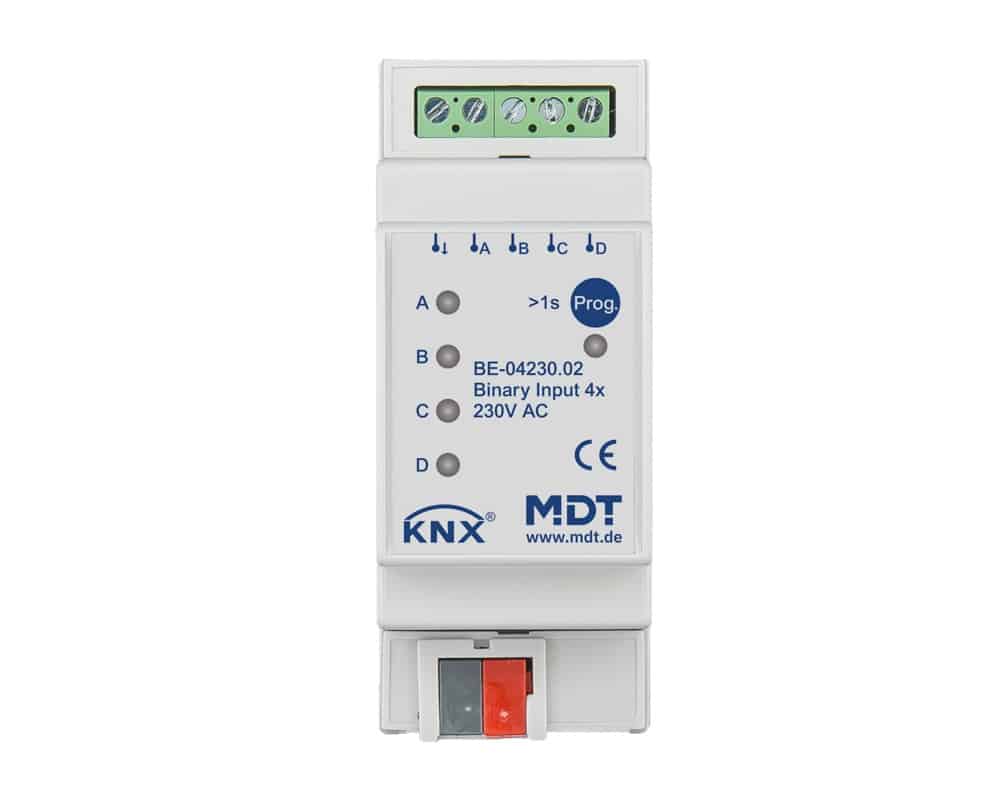
The audio and/or push button reaction has been something else. I've been messing around with a SIP enabled intercom (Panasonic KX-NTV160) and got the video part working quite easily.

If you have a Fritz!box ( ) or a switch with port mirroring you are able to capture packets and analyse the packets with Wireshark afterwards. The verify all settings in the section "SETUP FOR EXTERNAL AUDIO CONNECTION" in e.g. Here are just some general tips: First check the IP settings, specifically default gateway and DNS servers.

I don't know why your SIP client is not able to register, maybe another user is able to provide more detailled information. I believe (not tested by myself) that the intercom (the part mounted at the door) needs to have registered with the SIP provider first to be able to receive the call, so it does NOT set up a SIP call. Well technically it's not the camera, but the SIP audio client / intercom (the part mounted at the door).
#Loxone audio server android
Knowing this I still have to find out why the SIP-client on the camera fails to register with iptel, although I have filled in all required parameters (if i use the same SIP-user id on a dedicated client on Android or on an iPad, this SIP-user does register itself without any issue with iptel. The step from point 4 to point 5 is not clear to me how this happens The camera sets up a sip call using its SIP-id, as calling party, and anonymous -id, as called party, which is identified in the camera as the Loxone door controller The Loxone user pushes the phone icon on the door controller (I do not think that a sip call is being setup automatically from the Camera).ĥ. Loxone app pops up and video is showing from the door controllerĤ. Signal event is sent to the Loxone door controllerģ. I believe the scenario for setting up a SIP call is as follows (correct me if I am wrong):Ģ. I wonder what Loxone would do if does not allow anymore this type of user.

It is incredible that Loxone is using the concept of anonymous user, because from the information I read on the internet, this type of user is in many cases not allowed with a lot of SIP-providers. This is the 1st time I received some valuable information about the working of the door controller. I could neither find any technical description from Loxone that describes how it works, nor any graphical workflow with arrows and order of steps. The documentation from Loxone regarding the intercom is very bad, they only provide an example with Iptel. If you are using the intercom internally, it acts as a SIP server, so the app is directly connecting (again, as an anonymous user) to the intercom itself. Iptel is one provider that supports these anonymous calls. The Loxone app can make outgoing calls as an anonymous SIP user to the intercom by using the user-ID as a "phone number" for the destination (the intercom). This is the reason why you don't have an option for a password.
#Loxone audio server full
The app is NOT a full SIP client, so it does not register with a SIP provider.

This ID is NOT for the app itself, but used to make an anonymous call to the intercom that has registered as a SIP client with the credentials shown above. Only the intercom (the hardware mounted at the door) registers with an external SIP provider, see section "SETUP FOR EXTERNAL AUDIO CONNECTION" at (a quick search only came up with the link for the XL version, but this does not matter).Ĭonfiguration of the door controller is used by the Loxone app on the smartphone and here you only have the options for a SIP host and a user-id.


 0 kommentar(er)
0 kommentar(er)
